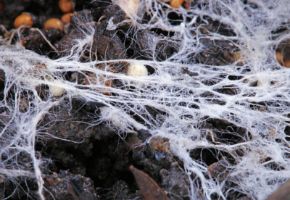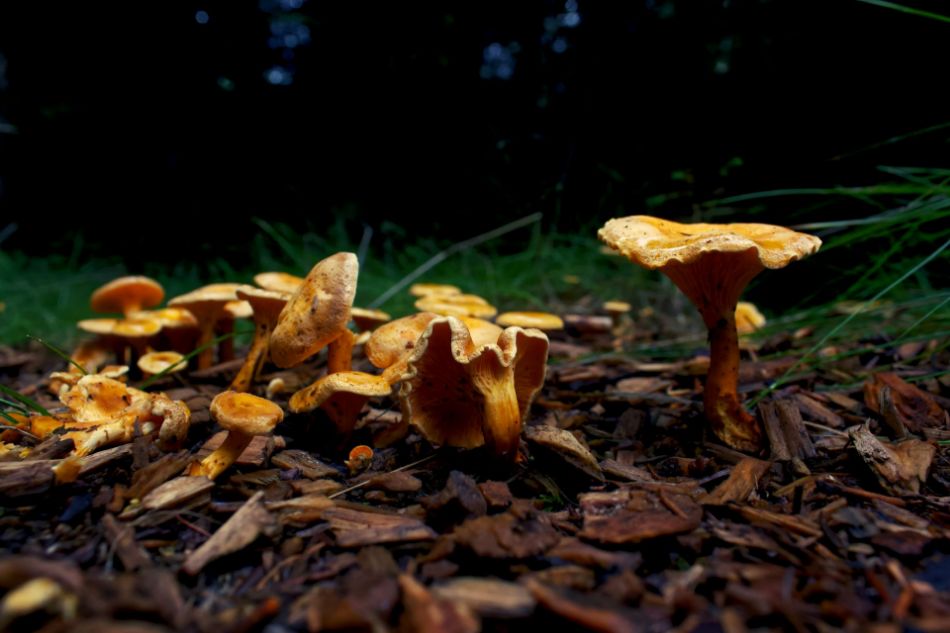Italy is a true paradise for mycology enthusiasts and mushroom foraging, with diverse landscapes offering perfect habitats for hundreds of species: here mushroom hunting is not just a hobby, but an experience that combines well-being, connection with nature, and gastronomy. In this comprehensive guide, we will explore the best places to find mushrooms, region by region, with insights into the best seasons, the most prized species, and mycological curiosities. Get ready to discover the most generous forests of the Peninsula!
Before diving into the map of the best spots, let's understand why our country is so special for mushroom foragers: Italy is home to over 3,000 species of mushrooms, thanks to varied microclimates and diverse ecosystems. From the Alps to Sicily, each area has its unique characteristics. Our humus-rich mountains, mixed forests, and autumn rains create the ideal habitat for prized mushrooms like porcini, Caesar's mushrooms, and chanterelles. Mushroom foraging culture in Italy is centuries-old, with precise regulations that protect the environment while allowing this activity. The northern regions are among the most renowned for mushroom hunting, with vast forests and a well-established tradition. Here’s where to go: Val di Fiemme, Val di Fassa, and the Piné plateau are famous for: Best season: late August to October. Learn more about mushrooms in Trentino. The Langhe and Cuneo valleys offer: According to recent studies, Piedmont has the highest density of professional foragers. Valtellina, Val Camonica, and the Como Prealps are hotspots for: Moving south, we discover lesser-known but incredibly rich areas, perfect for those looking for the best places to find mushrooms away from crowds. Casentino and Mount Amiata are paradises for: Read our guide to mushrooms in Tuscany. The Monti Sibillini and Valnerina provide: Often overlooked, the southern regions offer incredible surprises for those who know how to hunt for mushrooms with an expert eye. Pollino National Park and Gallipoli Cognato Forest are rich in: The forests of Barbagia and Gennargentu host endemic species like: A study by the Forestry Service documented over 1,200 species on the island. Before heading out to hunt for mushrooms, here are golden rules to follow: Each region has quantity limits and requires permits. Always check the local regulations. Never take more than you need and avoid destructive methods like rakes. Nature must be respected! Let’s conclude with some fascinating discoveries for mushroom lovers: A fungus in Oregon (Armillaria ostoyae) covers 9km² and is considered the largest terrestrial organism! Italy has Omphalotus olearius, which emits a glowing emerald-green light at night. Fungi have existed for over 1 billion years, predating land plants. Whether you're an experienced forager or a beginner, Italy offers endless opportunities for mushroom hunting. Always remember to respect the environment, check local regulations, and consult experts if in doubt. Happy hunting and bon appétit! The fungal kingdom is a universe in continuous evolution, with new scientific discoveries emerging every year about their extraordinary benefits for gut health and overall well-being. From now on, when you see a mushroom, you will no longer think only of its taste or appearance, but of all the therapeutic potential it holds in its fibers and bioactive compounds. ✉️ Stay connected - Subscribe to our newsletter to receive the latest studies on: Nature offers us extraordinary tools to take care of our health. Fungi, with their unique balance between nutrition and medicine, represent a fascinating frontier we are only beginning to explore. Continue to follow us to discover how these extraordinary organisms can transform your approach to well-being.Why Italy is the ideal country for mushroom hunting
Unmatched biodiversity
Perfect soils and climates
Mycological tradition
Northern Italy: the kingdom of porcini and chanterelles
Trentino-Alto Adige: the giants of the Dolomites
Piedmont: between Langhe and the Alps
Lombardy: the golden triangle
Central Italy: biodiversity and tradition
Tuscany: between the Apennines and Maremma
Umbria and Marche: the secrets of the Apennines
Southern Italy and Islands: hidden treasures
Basilicata: the green lung
Sardinia: unique biodiversity
Tips for safe and sustainable foraging
Respect regulations
Essential equipment
Ethical principles
Mycological curiosities
The largest living organism
Bioluminescent mushrooms
Ancient as dinosaurs
Continue your journey into the world of fungi










